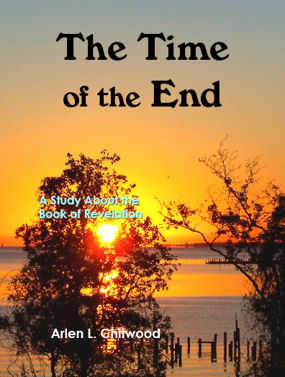|

Foreword
Chapter 1
Chapter 2
Chapter 3
Chapter 4
Chapter 5
Chapter 6
Chapter 7
Chapter 8
Chapter 9
Chapter 10
Chapter 11
Chapter 12
Chapter 13
Chapter 14
Chapter 15
Chapter 16
Chapter 17
Chapter 18
Chapter 19
Chapter 20
Chapter 21
Chapter 22
Chapter 23
Chapter 24
Chapter 25
Chapter 26
Chapter 27
Chapter 28
Chapter 29
Chapter 30
Chapter 31
Chapter 32
Chapter 33
Chapter 34
Chapter 35
Chapter 36 Appendix 1
Appendix 2
Appendix 3 Appendix 4
Documents in Microsoft
Word Format:
Foreword
Chapter 1
Chapter 2
Chapter 3
Chapter 4
Chapter 5
Chapter 6
Chapter 7
Chapter 8
Chapter 9
Chapter 10
Chapter 11
Chapter 12
Chapter 13
Chapter 14
Chapter 15
Chapter 16
Chapter 17
Chapter 18
Chapter 19
Chapter 20
Chapter 21
Chapter 22
Chapter 23
Chapter 24
Chapter 25
Chapter 26
Chapter 27
Chapter 28
Chapter 29
Chapter 30
Chapter 31
Chapter 32
Chapter 33
Chapter 34
Chapter 35
Chapter 36 Appendix 1
Appendix 2
Appendix 3
Appendix 4
|
The book of Revelation is about the unveiling of
Jesus Christ (Revelation 1:1). This book is
about an opening up and full disclosure of the Word, which
was/is God. It is about an opening up and full disclosure
of the Old Testament Scriptures that became flesh in the
person of Godís Son (John 1:1, 2, 14;
cf. Luke 24:25-27, 44; John 5:45-47).
John began his gospel account by calling attention to the
Old Testament Scriptures (the written Word) being opened up
and revealed in a new and living way ó by and through
the person of Godís Son, the Word, becoming flesh.
Then John began the book of Revelation through a
similar means ó an opening up and unveiling of the Son,
which is another way of saying an opening up and unveiling
of the Old Testament Scriptures.
(It should go without saying that there is nothing in the New
Testament that is not seen after some fashion in the Old
Testament. If there were, the Son, the Word made flesh,
could only have been incomplete.)
And within this opening up and unveiling of the Son in this book,
after this manner, three things occupy center-stage:
1) Godís purpose for the present dispensation will be
realized. The Spiritís search for a bride for Godís Son
will have been completed (Genesis 24:1ff), with the
Church subsequently removed and judged (Revelation 1b-3).
The bride will then be revealed, allowing the Son to reign,
for He cannot reign without a wife (Genesis 1:26-28).
2) Godís purpose for the past dispensation will
be realized. Israel, through the judgments of
the Tribulation, will be brought to the place of
repentance (Revelation 6-19a). This will, in
turn, allow God to deal with Israel relative to national
conversion, restoration to the land, the
restoration of the Kingdom under the New Covenant,
the destruction of Gentile world power, and the
ushering in of the Millennium (Revelation 19b,
20a; cf. Ezekiel 36:24-38; 37:21-28;
39:25-29).
3) Godís ultimate purpose in all things will
then be realized in the eternal ages following the
Millennium (Revelation 21, 22).
|